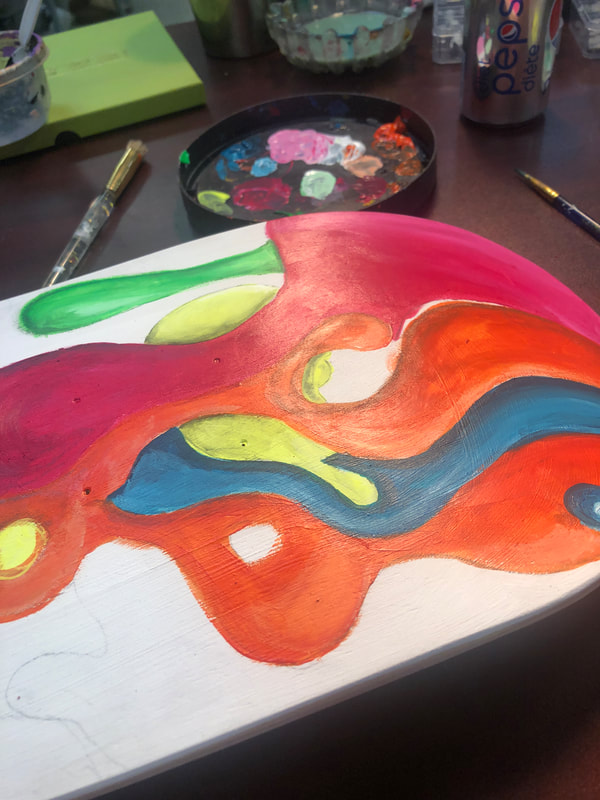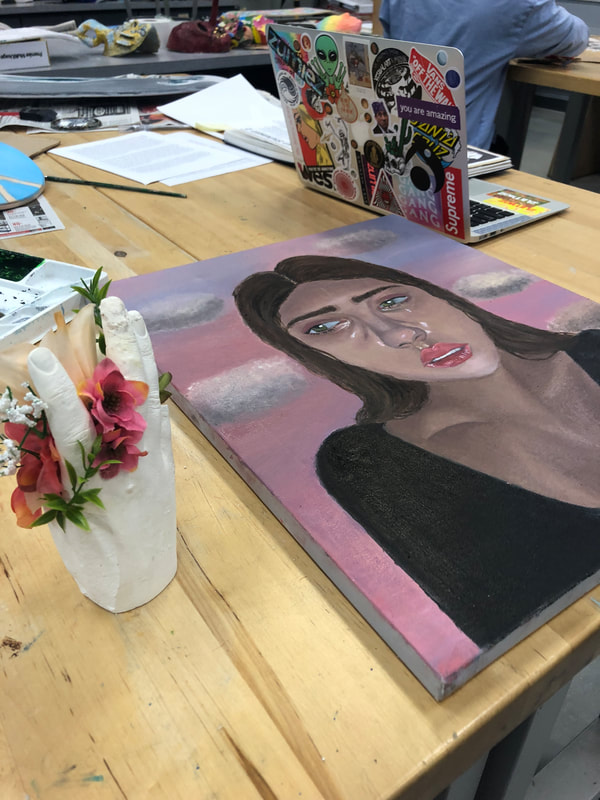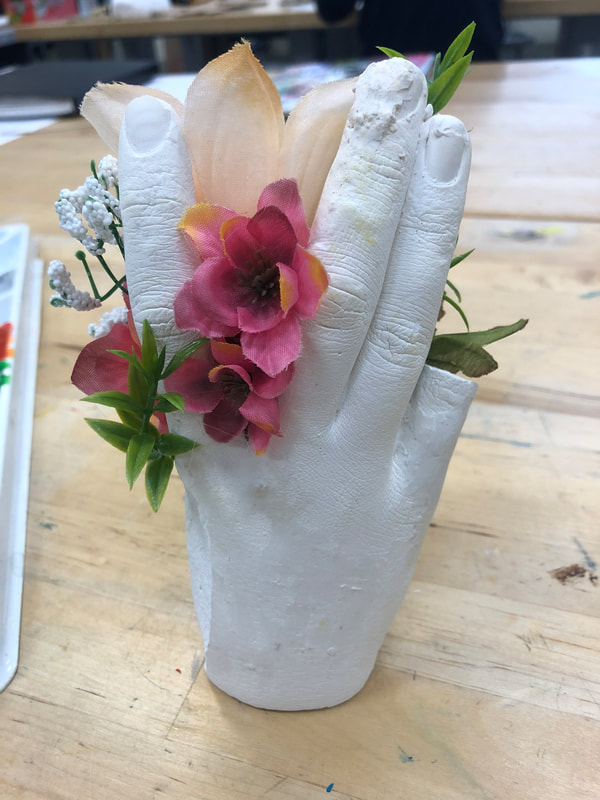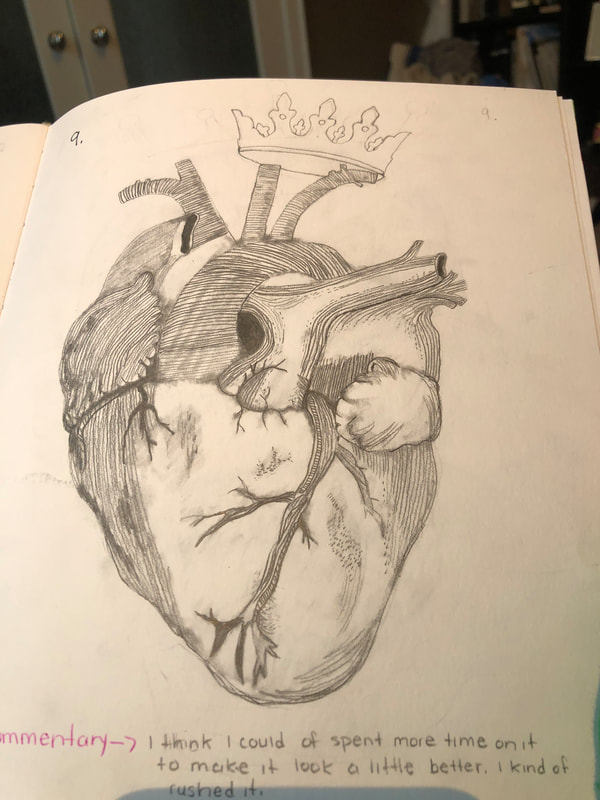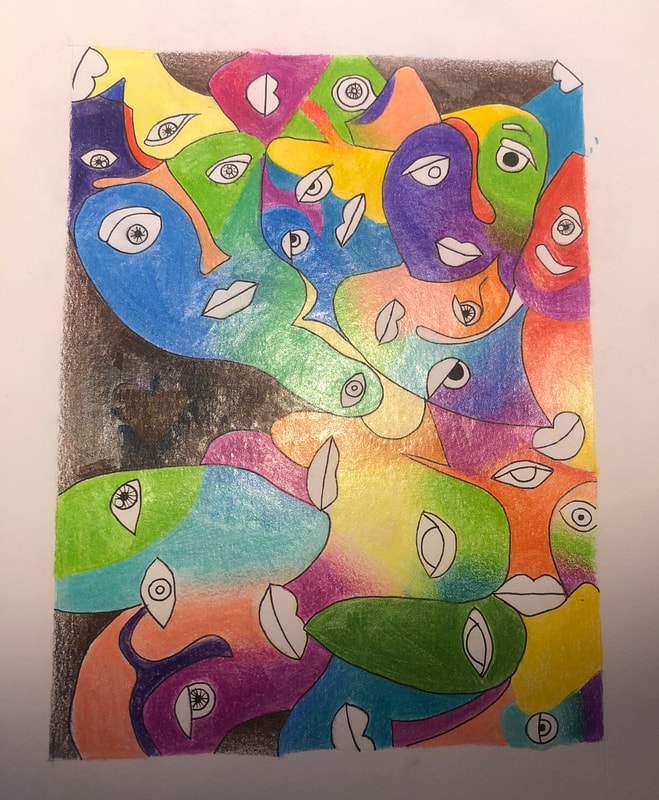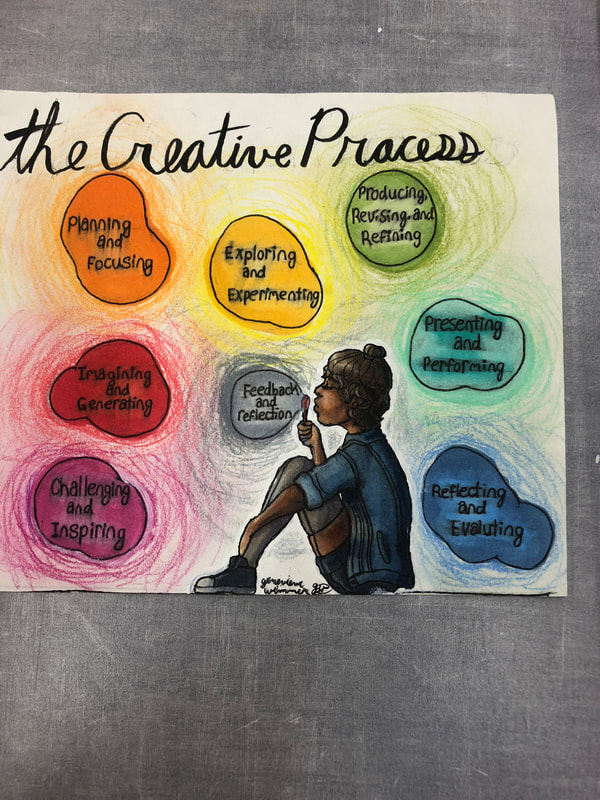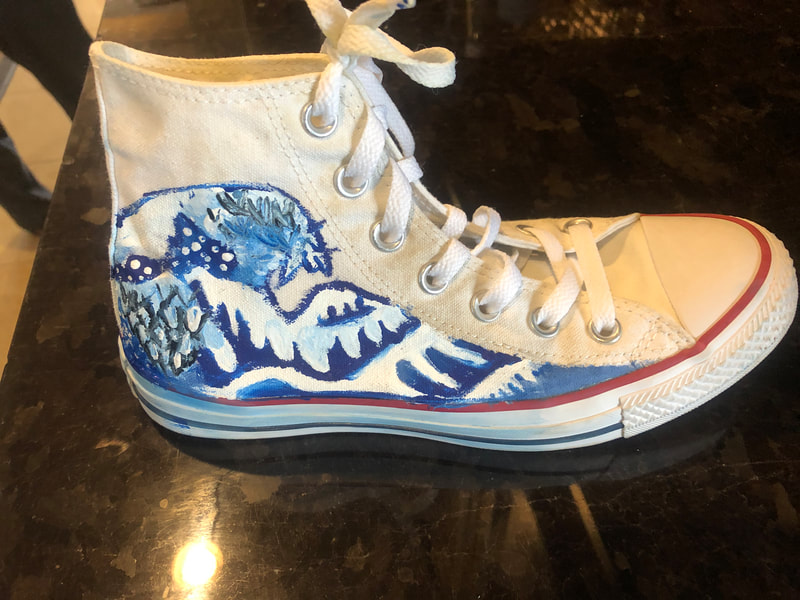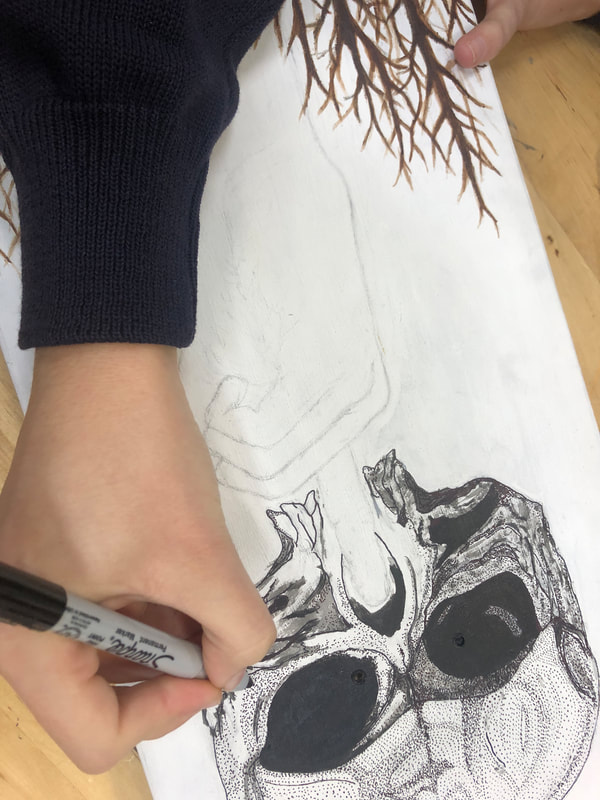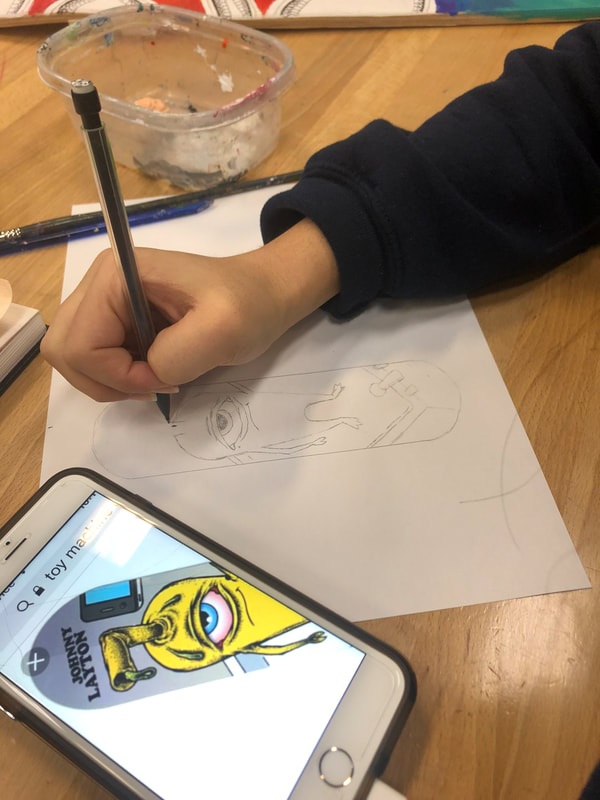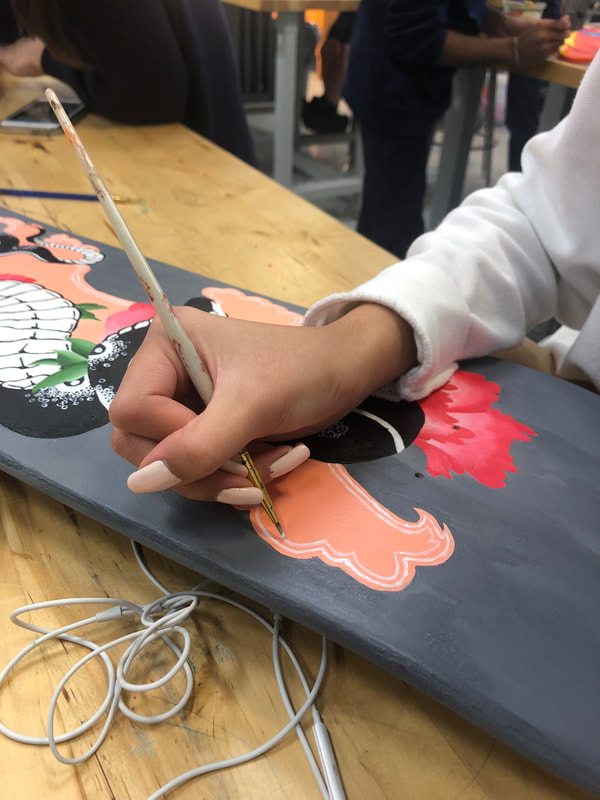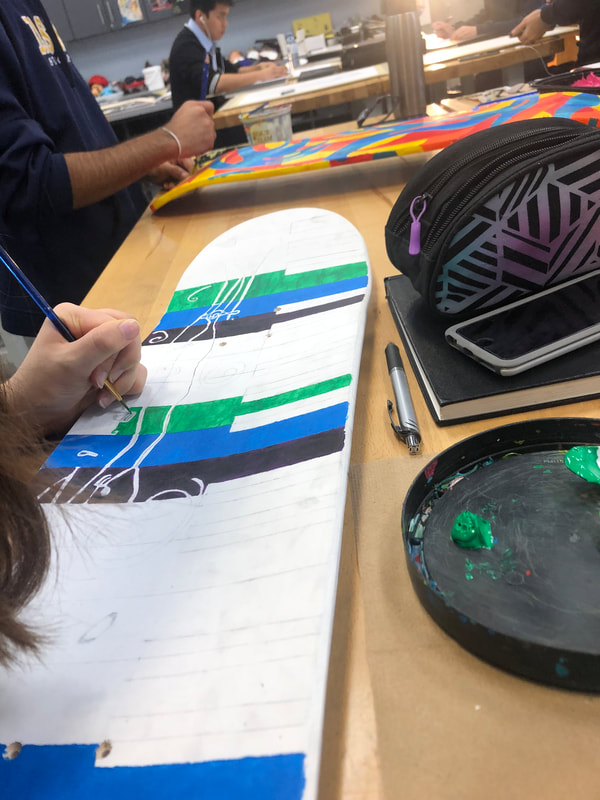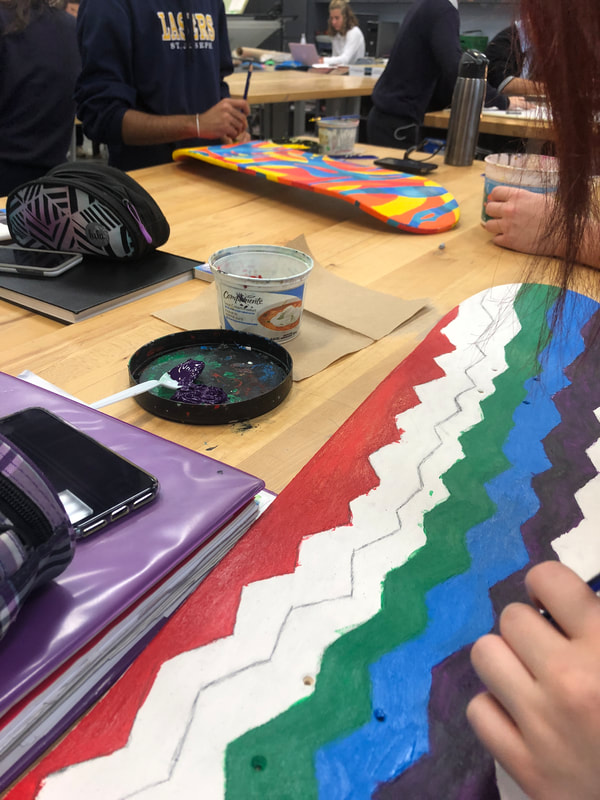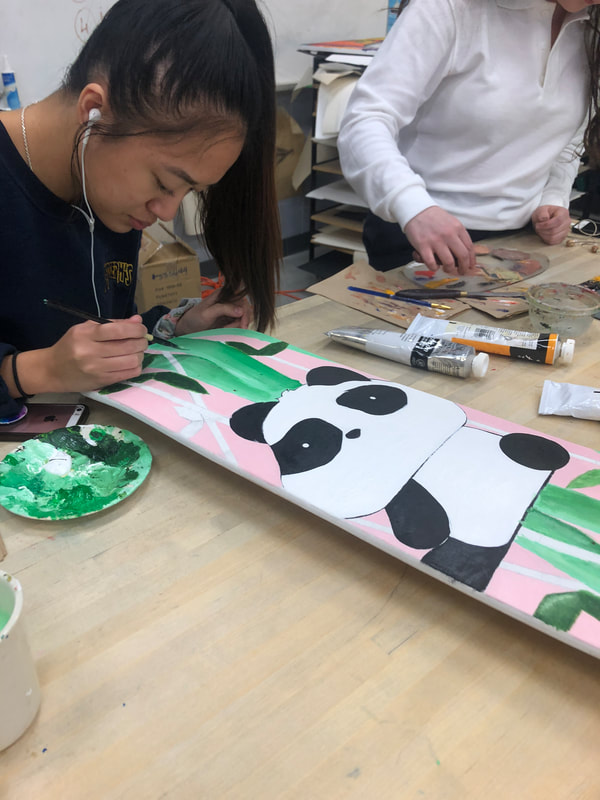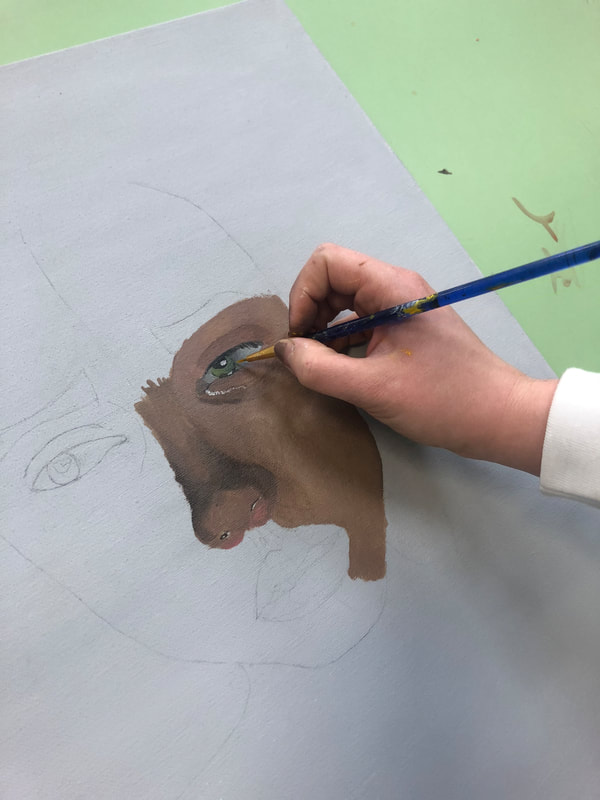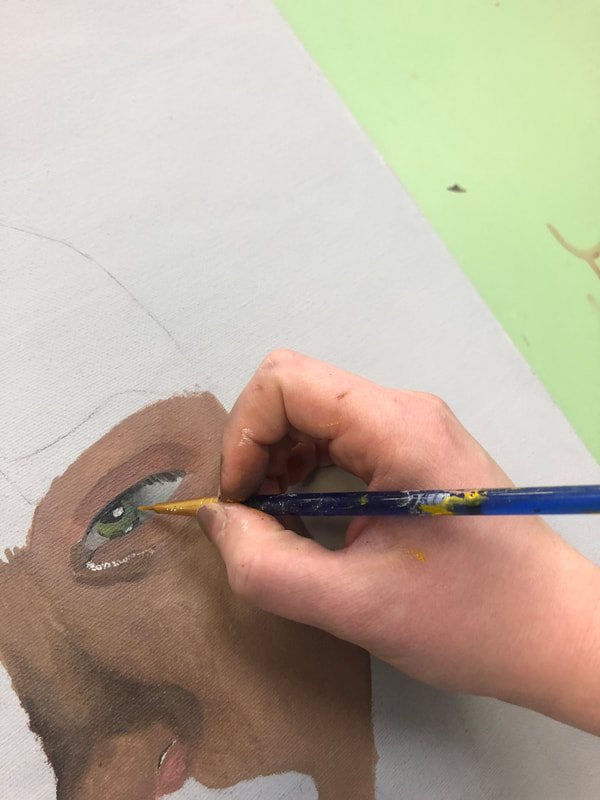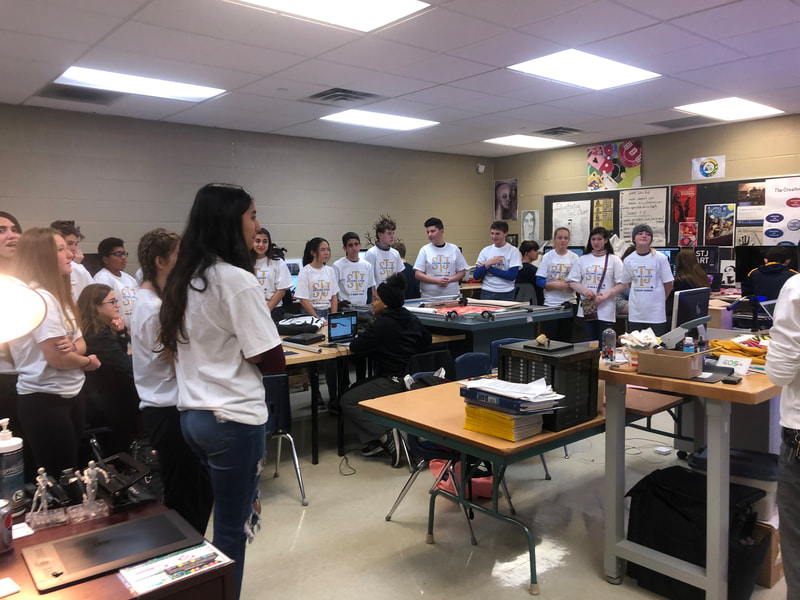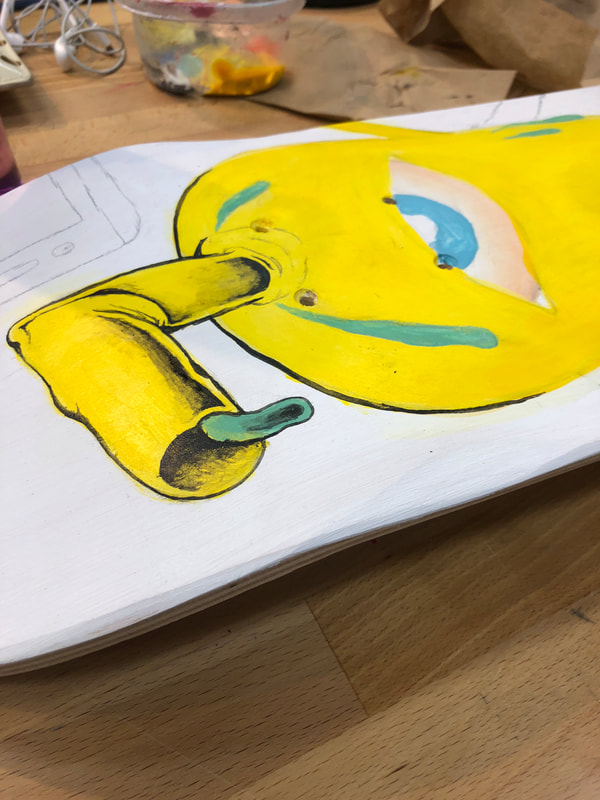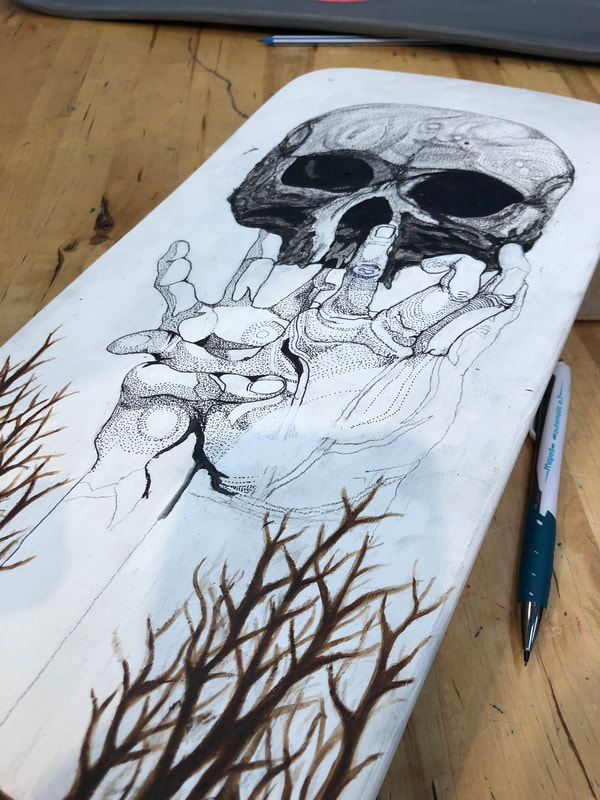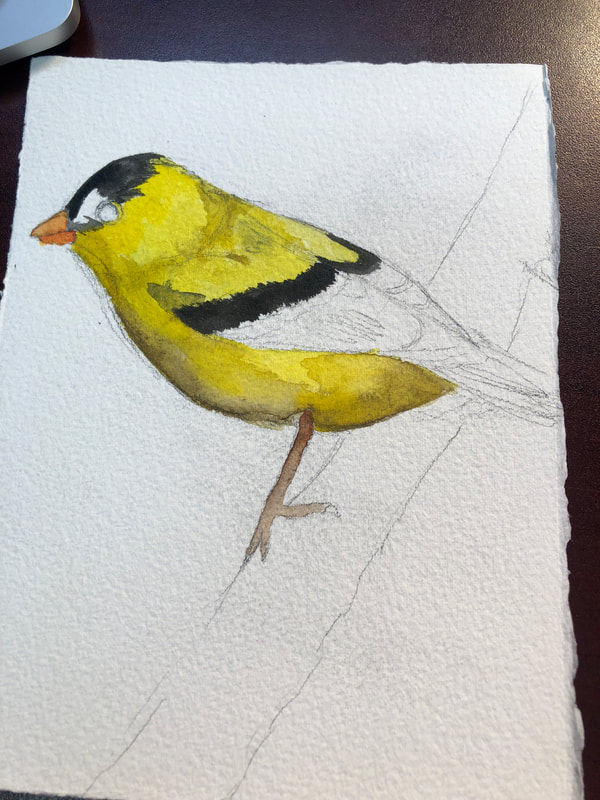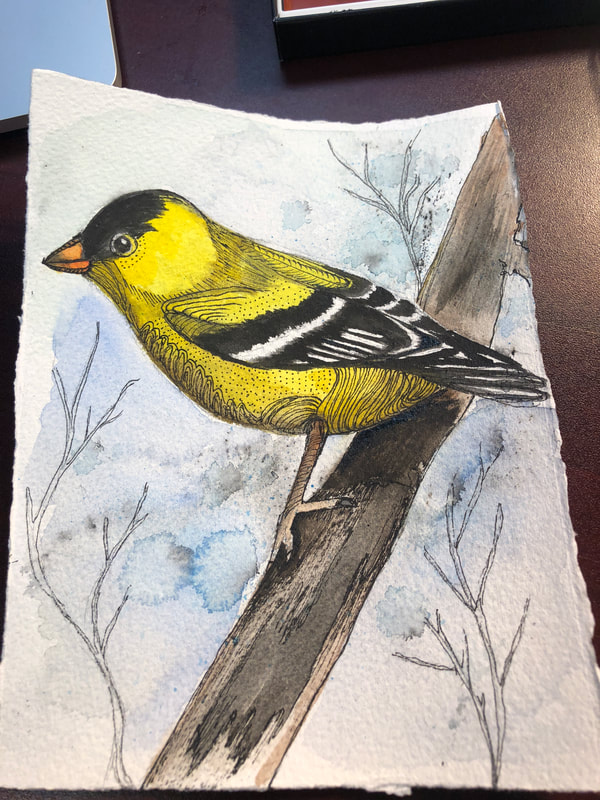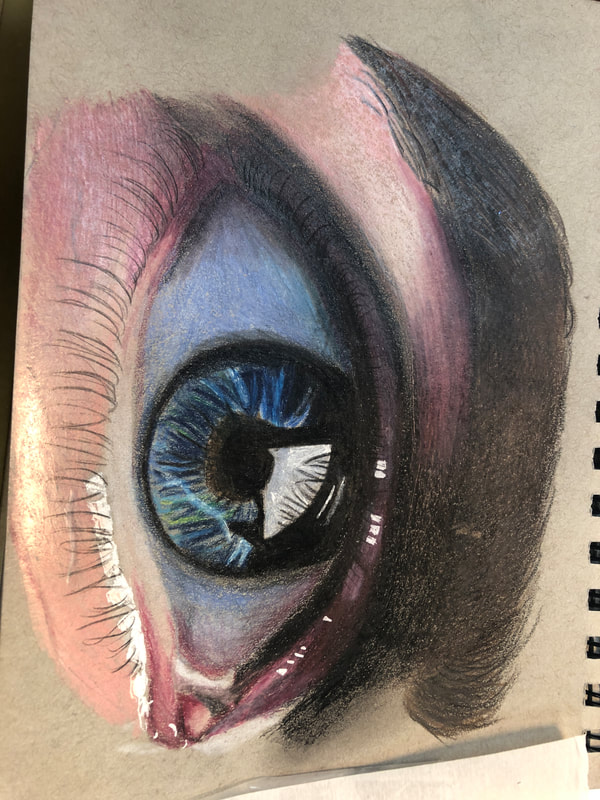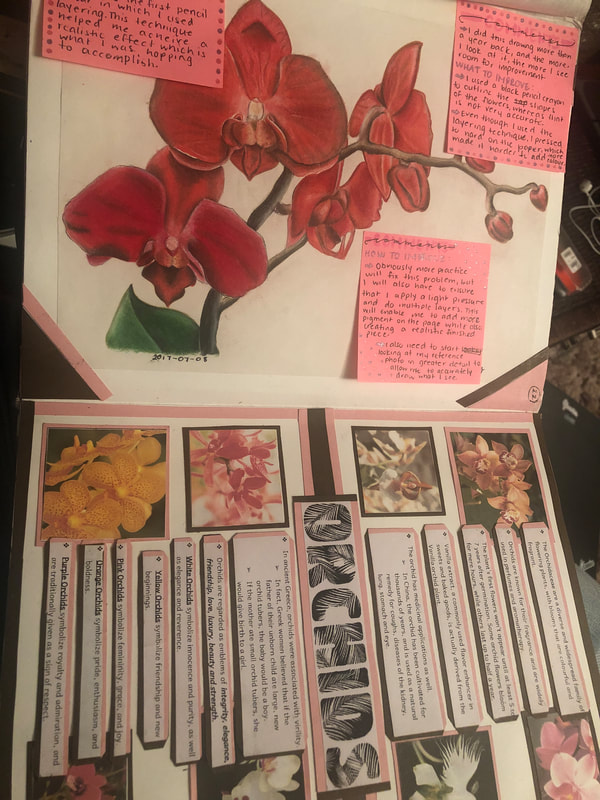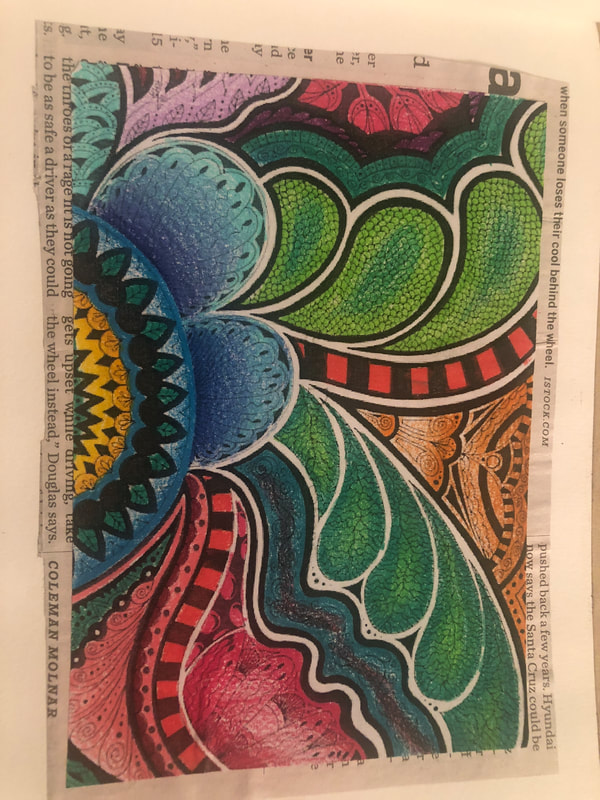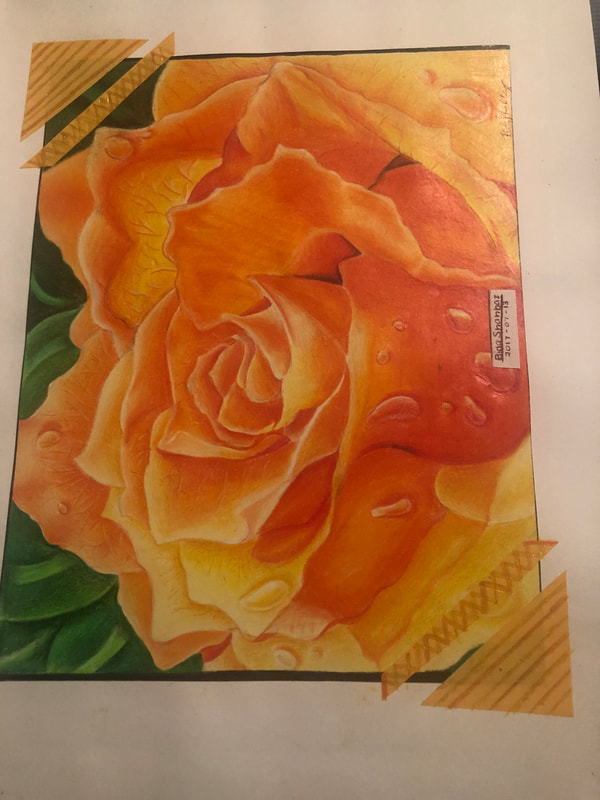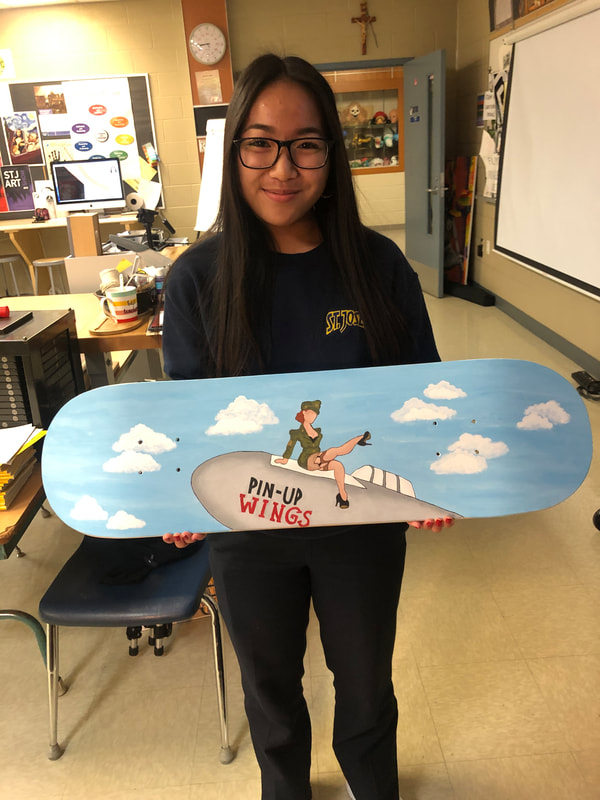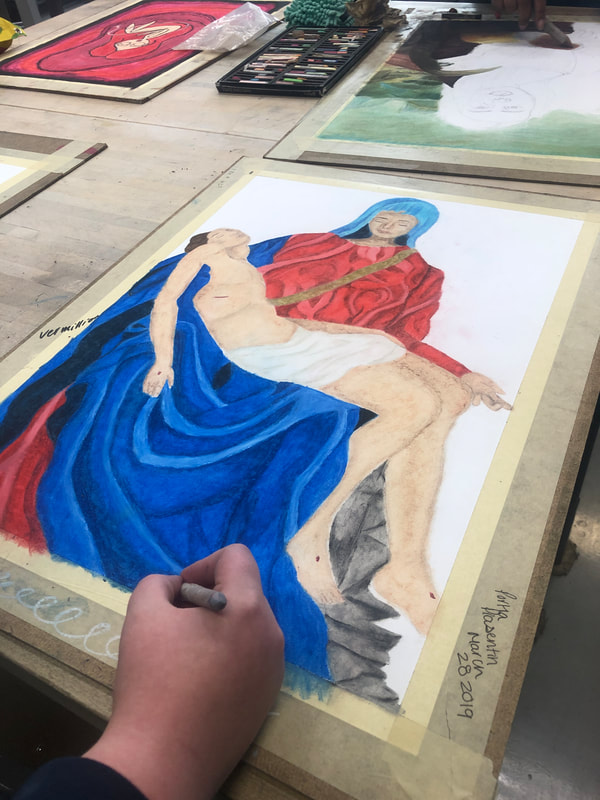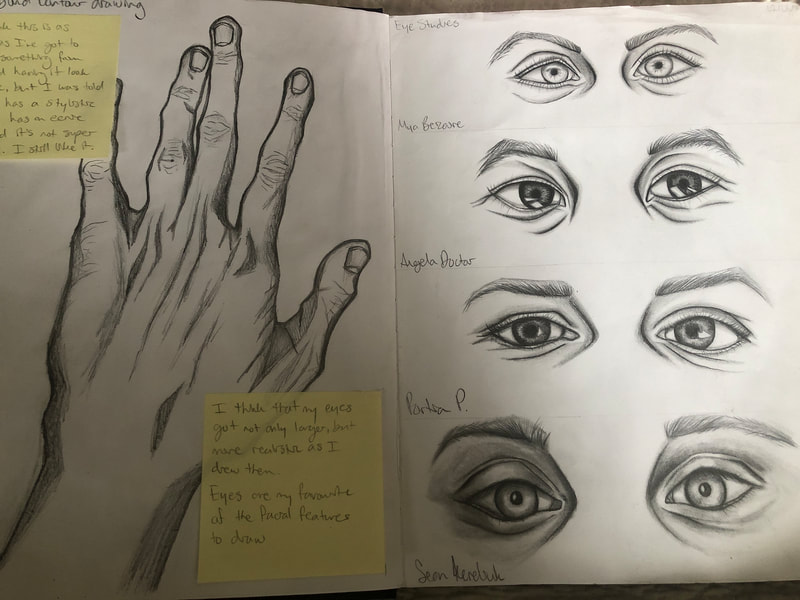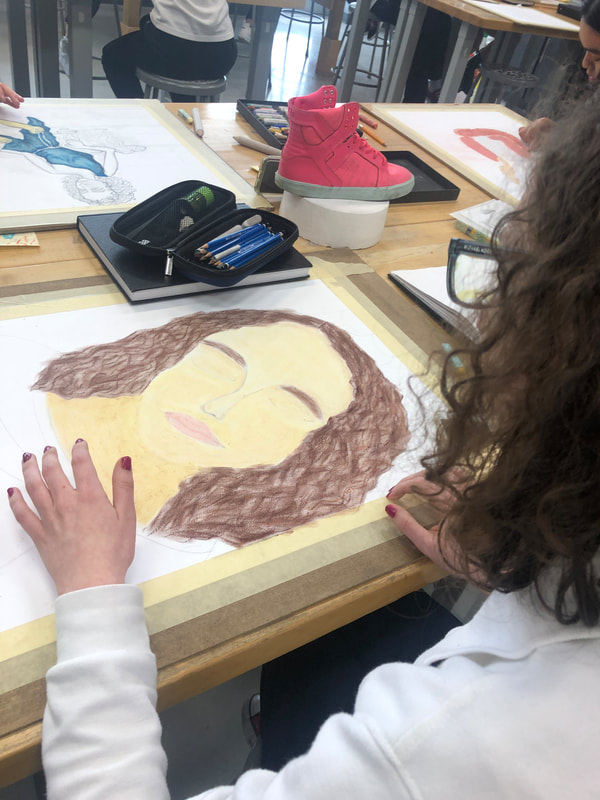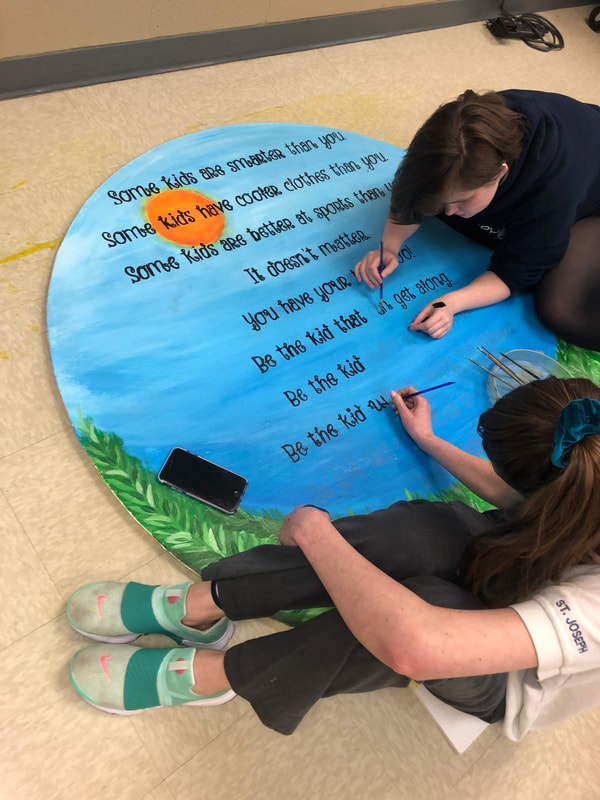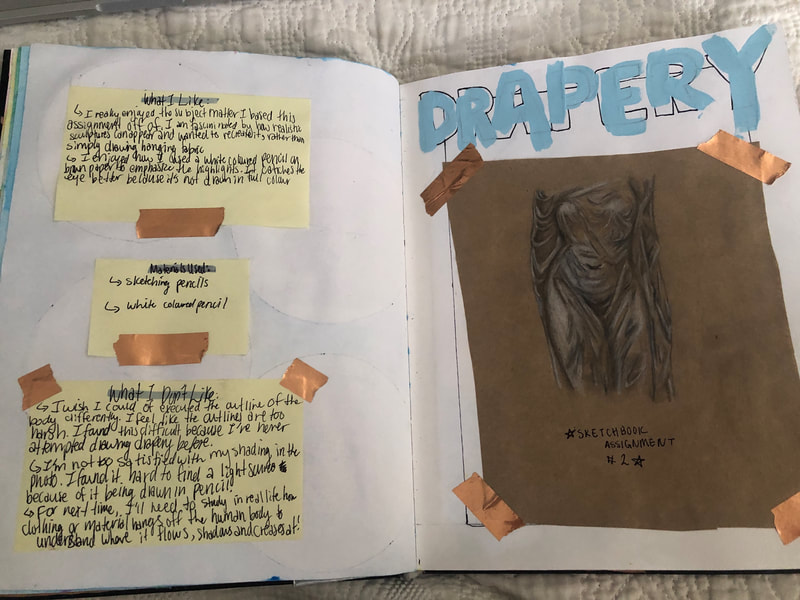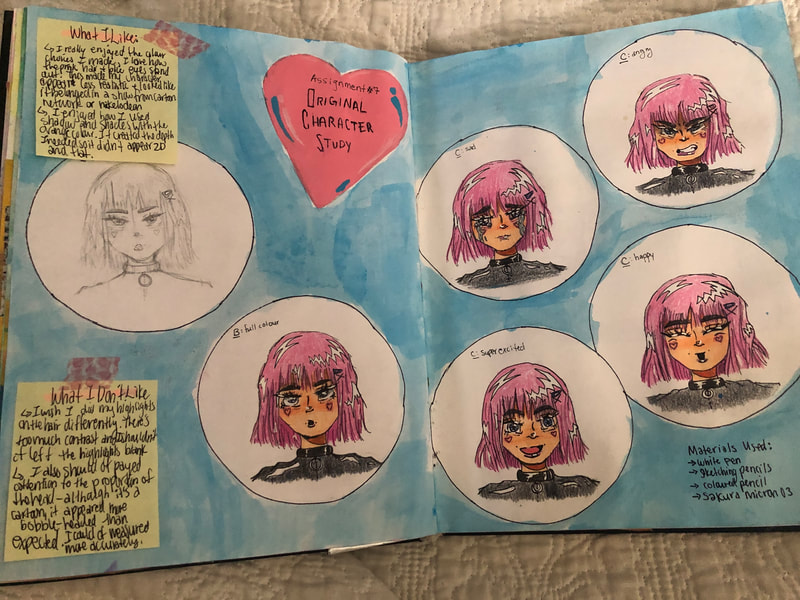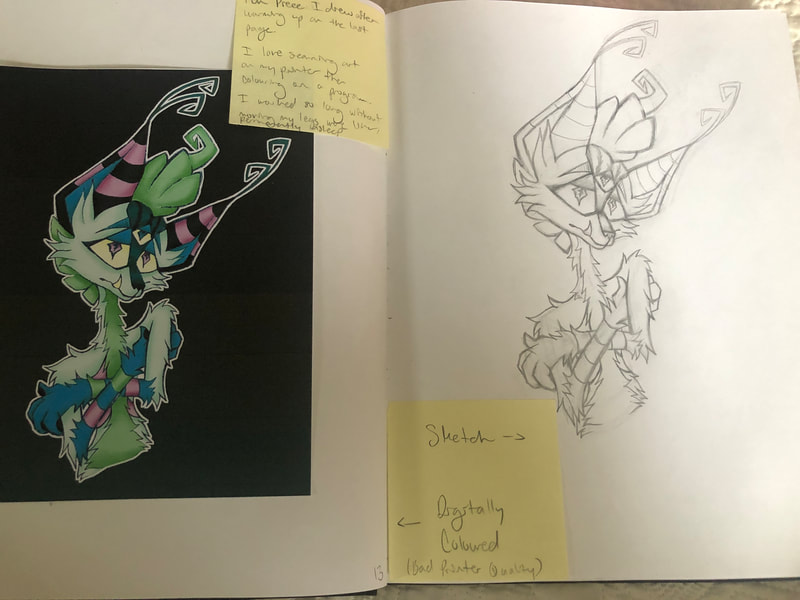WELCOME TO ST. JOSEPH'S HIGH SCHOOL VISUAL ART WEB PAGE

St. Joseph's Visual Art offers programs in fine art and graphic design. We also have a Specialist High Skills Major designation in Visual Art & Media where students can extend their studies, earn certifications and gain practical work experience in the arts.
If you are a St. Joe's student you will be able to find all of your classwork and examples of student work here.
To visit the St. Joseph's Graphic Design Website, please click here
If you are a prospective St. Joe's student, feel free to browse the site and contact us if there are any questions you have about becoming a St. Joe's student.
If you are a St. Joe's student you will be able to find all of your classwork and examples of student work here.
To visit the St. Joseph's Graphic Design Website, please click here
If you are a prospective St. Joe's student, feel free to browse the site and contact us if there are any questions you have about becoming a St. Joe's student.
IWB: Investigative Workbook Information (What you NEED to know!!)
|
The IWB or Investigative Work Book is a creative document that contains both written and visual material. It accompanies the main Coursework project and includes items such as: drawings and paintings (particularly those that are incomplete or experimental); media trials; photographs (Note: photographs taken by yourself should be clearly labeled, so it is evident know the work is yours and reward you for it; those sourced elsewhere should be referenced or acknowledged as second-hand imagery); and pamphlets obtained on gallery visits (Note: it is crucial that the sketchbook is NOT merely used as a dumping ground for fliers and pamphlets. If you are going to glue something in: evaluate it, discuss its relevance and explain how it will help inform your own work). It is the place for exploring, planning, drafting and developing ideas – for testing, practising, evaluating and discussing. It is the place where a student learns and brainstorms.
Despite being somewhat informal in nature, your sketchbook should not be a general all-purpose journal that you use to doodle Pokémon characters or scribble notes to a friend. All the work contained within it should support your Coursework project, whether by helping to illustrate the development process or explaining your ideas to the teacher. The notes in a sketchbook do not have to be full sentences (although many choose to write in this format, as it can help to clarify thoughts); jotting down notes or writing in abbreviated form is absolutely acceptable. Students should use correct terminology and demonstrate a good understanding of art vocabulary (using phrases such as ‘strong contrast’, ‘draws the eye’ and ‘focal point’ etc). While it is important to research your artist models (and to convey an understanding of this information), you should avoid copying or summarising large passages of information from other sources (this demonstrates nothing more than the ability to regurgitate facts). Instead, you should select the information you think is relevant or useful to your project and link it with your own viewpoints and observations. Research findings can be used to make you sound clever and knowledgeable – to prove that you are aware of the artists and cultural influences around you – and to help you to critically evaluate artworks (by giving you background information and a peek into the mind of an artist, and through providing you with examples of how others have responded to an artwork…as this can also help you form your own opinions about the work). Research should not be used as a method to fill your sketchbook with the boring facts. Evaluate things, don’t just describe. Show the teacher that you can think independently. When writing the notes within an IWB sketchbook, it can be helpful to answer such questions as: What subjects / themes / moods / issues / messages are explored? Why are these relevant or important to you?
|
|
Back to St. Joseph's High School Website
St. Joseph's Catholic High School
2425 Clover Avenue
Windsor, Ontario, N8P 2A3• Main Office (519) 735-3326 • Fax (519) 735-5322 • Attendance (519) 735-7883 •
Windsor, Ontario, N8P 2A3• Main Office (519) 735-3326 • Fax (519) 735-5322 • Attendance (519) 735-7883 •

